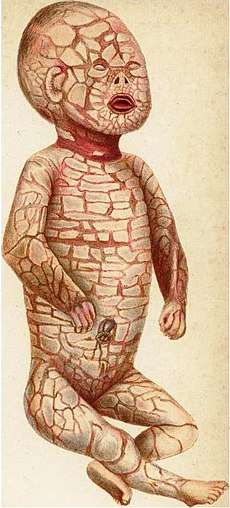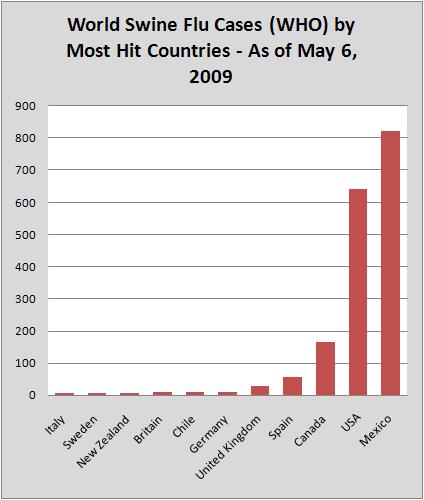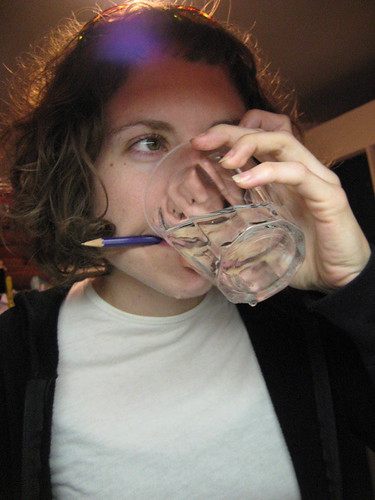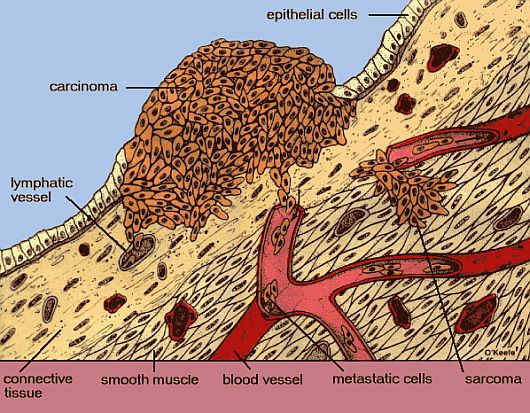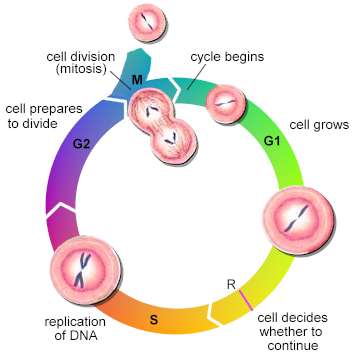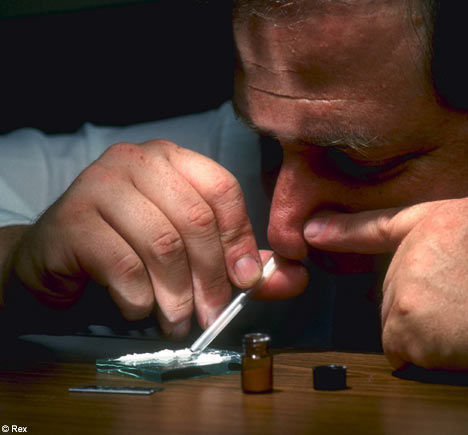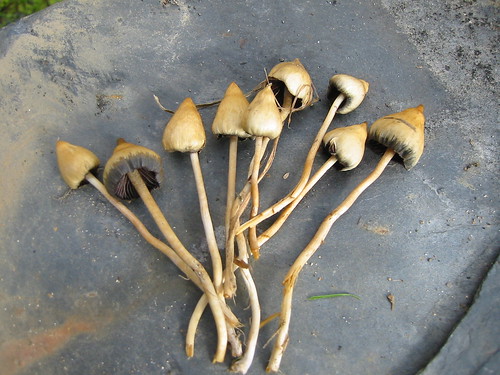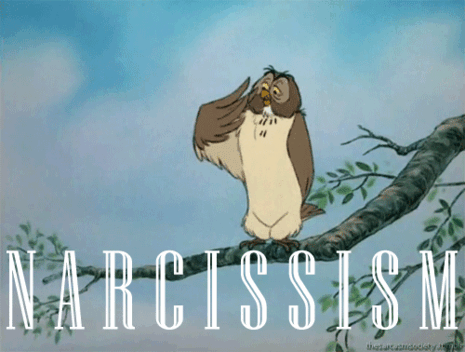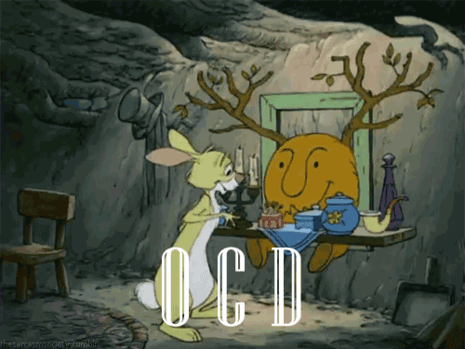The sounds of music are not the same as other noises we hear on a daily basis. Your ears are one way to ensure your survival: they're a warning system, designed to analyse sounds for danger. But we can quickly recognise that a musical instrument as harmless. When you hear music, your ear drum moves in and out in a regular, repeated way, many times a second. We recognise that it's not dangerous, so we can focus on the harmonies and tunes – and enjoy them.
There are many sorts of music, and we enjoy them in lots of different ways. In films, music echoes the action. Several clichés have been built up – like strings and piano for romantic moments – but we enjoy them. In some cases, the music builds tension and we enjoy guessing what's going to happen next. If you look at "serious" music, like classical or jazz, anticipation and release are a major part of our enjoyment. The composer or improviser will set up expectations and then either reward or frustrate them. It's like telling a joke, where the punch line either fits the story, or is a surprise: in both cases, we get pleasure.
Drumming was probably the first sort of music; hitting things with a stick is fairly easy. Rhythm is good for dancing or entering hypnotic states, so that's an ancient response that we have to music. Our enjoyment of dance music is simple to understand: you can't really dance without it, and we enjoy dancing. Pop music involves short, ear-catching, easy- to-remember melodies. It's like eating sweets: instant gratification.
Musical systems are learned at an early age. Babies will sing several hundred different notes over a few minutes. But that song can't be repeated, so it's not much fun. The baby then listens to its parents singing nursery songs which only have a few notes, so the baby can learn to remember them and enjoy them.
Western music uses a lot of harmonies, where all the notes used at any one time agree with each other to some extent. Other musical systems are slightly different. There is no scientific reason at all why you'll prefer one type of musical to another. Everybody could enjoy more kinds of music if they gave them a chance – but sadly we tend not to do so. With food, if you try something properly 10 times you'll probably come to like it. It's the same with music, but people often close up their range of musical appreciation by the time they're about 25. But it's easy to increase your enjoyment of life by listening to a lot of different types of music.







